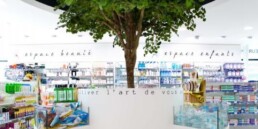Art
And Design
In a world saturated with products and services, the importance of good commercial design cannot be overstated. Whether it’s a sleek logo, an eye-catching package, or a user-friendly website, the design plays a crucial role in attracting and retaining customers. In this article, we’ll explore the key elements that contribute to effective commercial design.
First Impressions Matter:
The saying “you never get a second chance to make a first impression” holds true in the world of commercial design. A well-designed logo is often the first point of contact between a brand and its audience. It should be memorable, unique, and reflective of the brand’s identity. Think about iconic logos like the Nike swoosh or the golden arches of McDonald’s—they are simple, yet instantly recognizable.
Functionality and User Experience:
Whether it’s a physical product or a digital platform, functionality is paramount. Good commercial design considers the user experience, ensuring that the product or service is intuitive and easy to use. Navigation should be seamless, and information should be presented in a clear and concise manner. Websites and apps that prioritize user experience often see higher engagement and customer satisfaction.
Consistency Across Platforms:
A successful commercial design is cohesive across all platforms. Whether a customer interacts with a brand on social media, a physical storefront, or a mobile app, the design elements should be consistent. This consistency builds brand recognition and fosters trust. Companies like Apple exemplify this principle, with their design language seamlessly integrated across products, packaging, and marketing materials.
Adaptability and Timelessness:
Commercial design should be adaptable to changing trends without losing its core identity. While it’s essential to stay current, a timeless design withstands the test of time and avoids the need for frequent rebranding. Striking the right balance between contemporary aesthetics and enduring appeal ensures that a brand remains relevant for years to come.
Emphasis on Typography and Colour:
Typography and colour choices are powerful tools in commercial design. Fonts convey personality and tone, while colours evoke emotions and associations. Understanding the psychology of colour and choosing fonts that align with the brand’s message can significantly impact how a product or service is perceived. For example, bold and vibrant colours may be used to convey energy and excitement, while muted tones can evoke a sense of sophistication.
Storytelling Through Design:
Effective commercial design tells a story. It goes beyond aesthetics to communicate the brand’s values, mission, and personality. Whether through imagery, graphics, or the arrangement of elements, design should evoke an emotional response from the audience. Storytelling creates a connection between the brand and the consumer, fostering loyalty and engagement.
In Conclusion:
In the competitive landscape of commerce, good design is not just about making things look pretty; it’s about creating a holistic and compelling brand experience. From the first glance to the final interaction, commercial design shapes the way consumers perceive and interact with a brand. By incorporating elements of memorability, functionality, consistency, adaptability, and storytelling, businesses can elevate their design to not only meet but exceed the expectations of their audience. In essence, good commercial design is the silent ambassador of a brand, speaking volumes without saying a word.
Contact us today to see how we can help with your next project.


